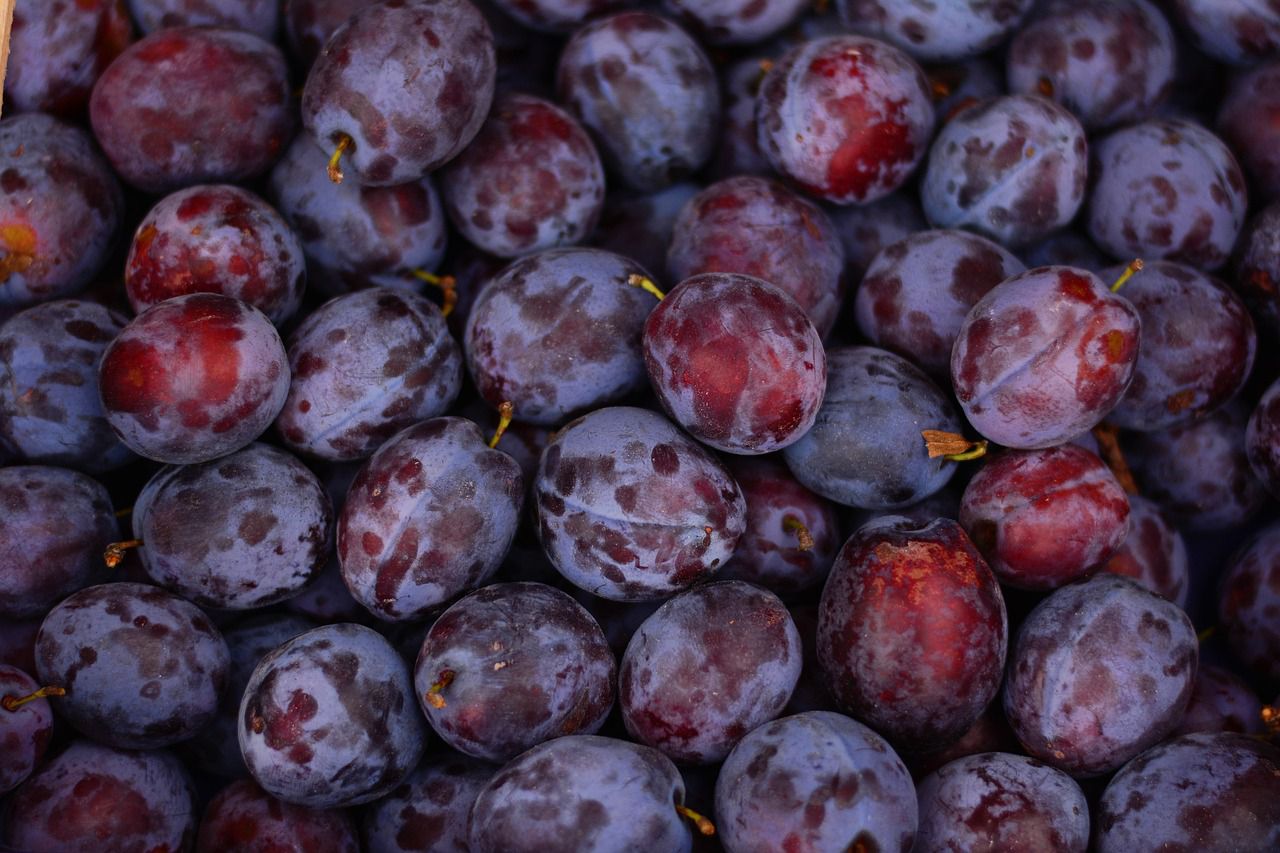Plums are full of flavor and vitamins, but these trees can also be prone to various pests and illnesses.
Proper care can save your fruit trees, so you need to know what mistakes to avoid.
Here are some of the most popular examples of what gardeners do wrong.

Inadequate Sunlight
Insufficient sunlight can result in weak tree growth, poor fruit development, and increased susceptibility to diseases.
Ensure that you plant plum trees in a location where they receive at least six to eight hours of direct sunlight daily.
Poor Soil Conditions
Heavy clay or compacted soil can impede root development and lead to waterlogging, which is detrimental to the tree's health.
It's important to prepare the soil properly before planting by incorporating organic matter and ensuring proper drainage to create a favorable growing environment for plum trees.
Improper Pruning
Pruning too heavily or at the wrong time of year can reduce fruiting potential and weaken the tree.
Lack of Pest and Disease Management
Neglecting proper pest and disease management can significantly impact fruit quality and tree health.
Implement regular monitoring, use organic or chemical control methods as needed, and practice good sanitation to prevent and manage these issues.
Overcrowding and Poor Spacing
Proper spacing between trees ensures adequate air circulation and sunlight penetration, reducing the risk of fungal diseases.













